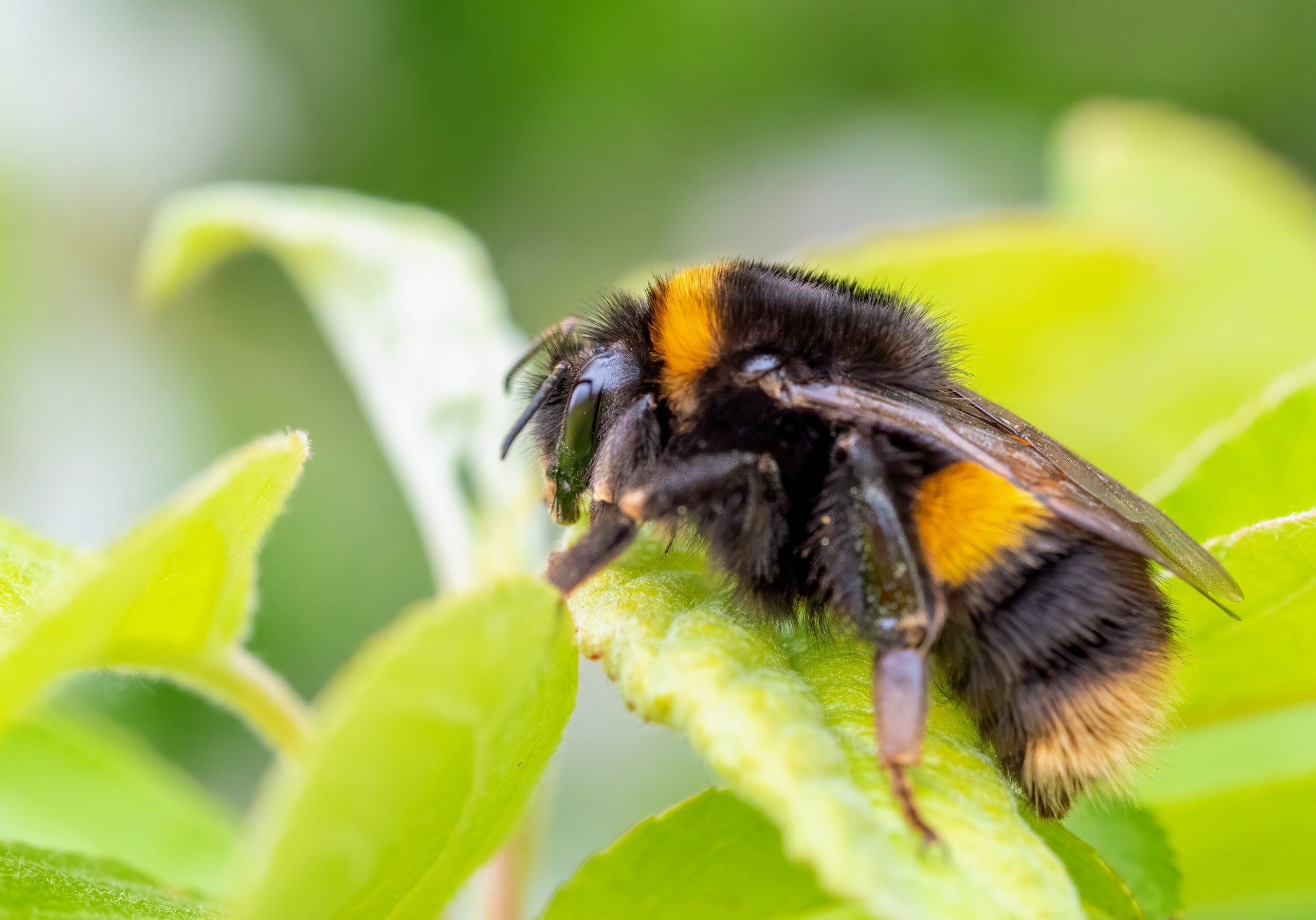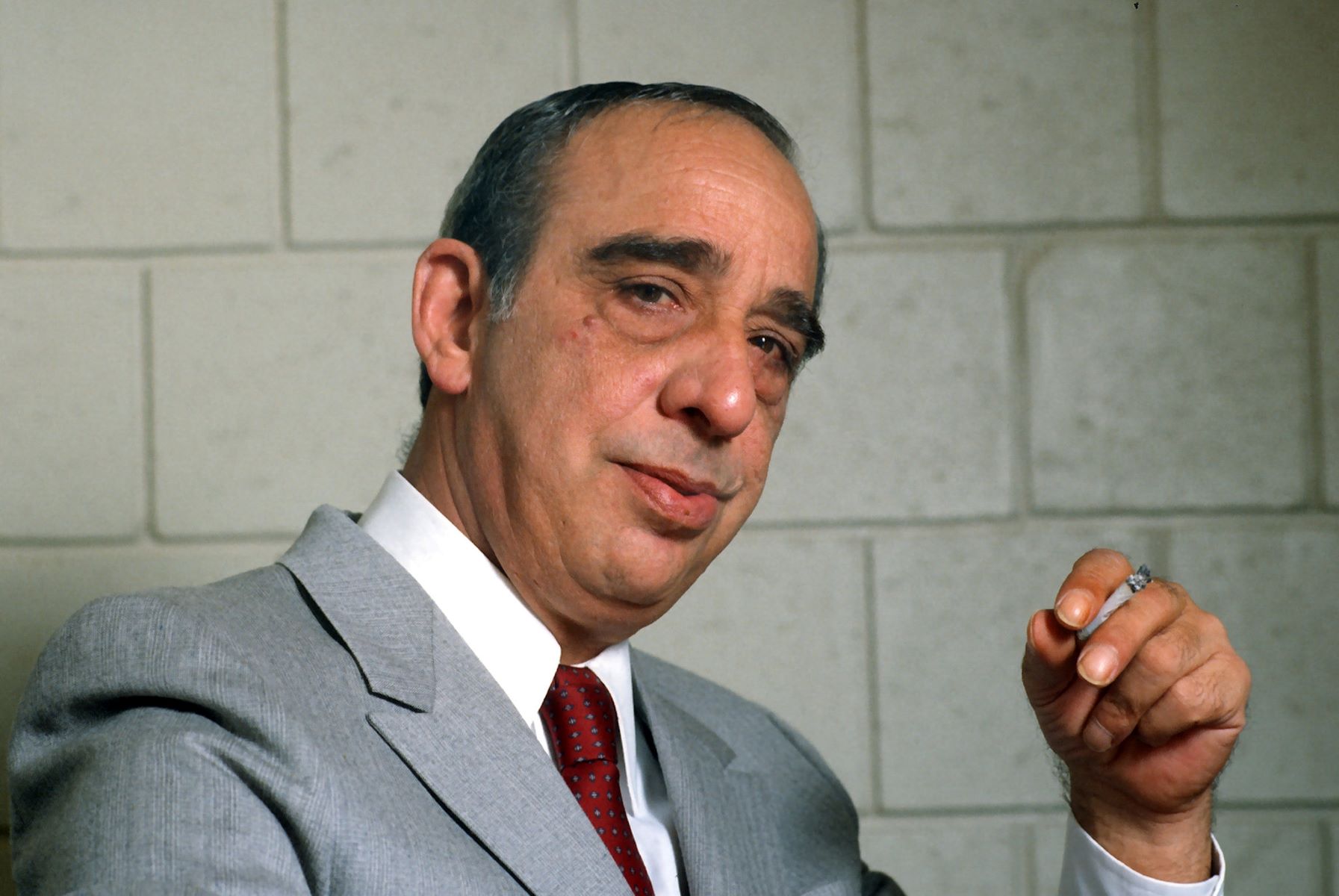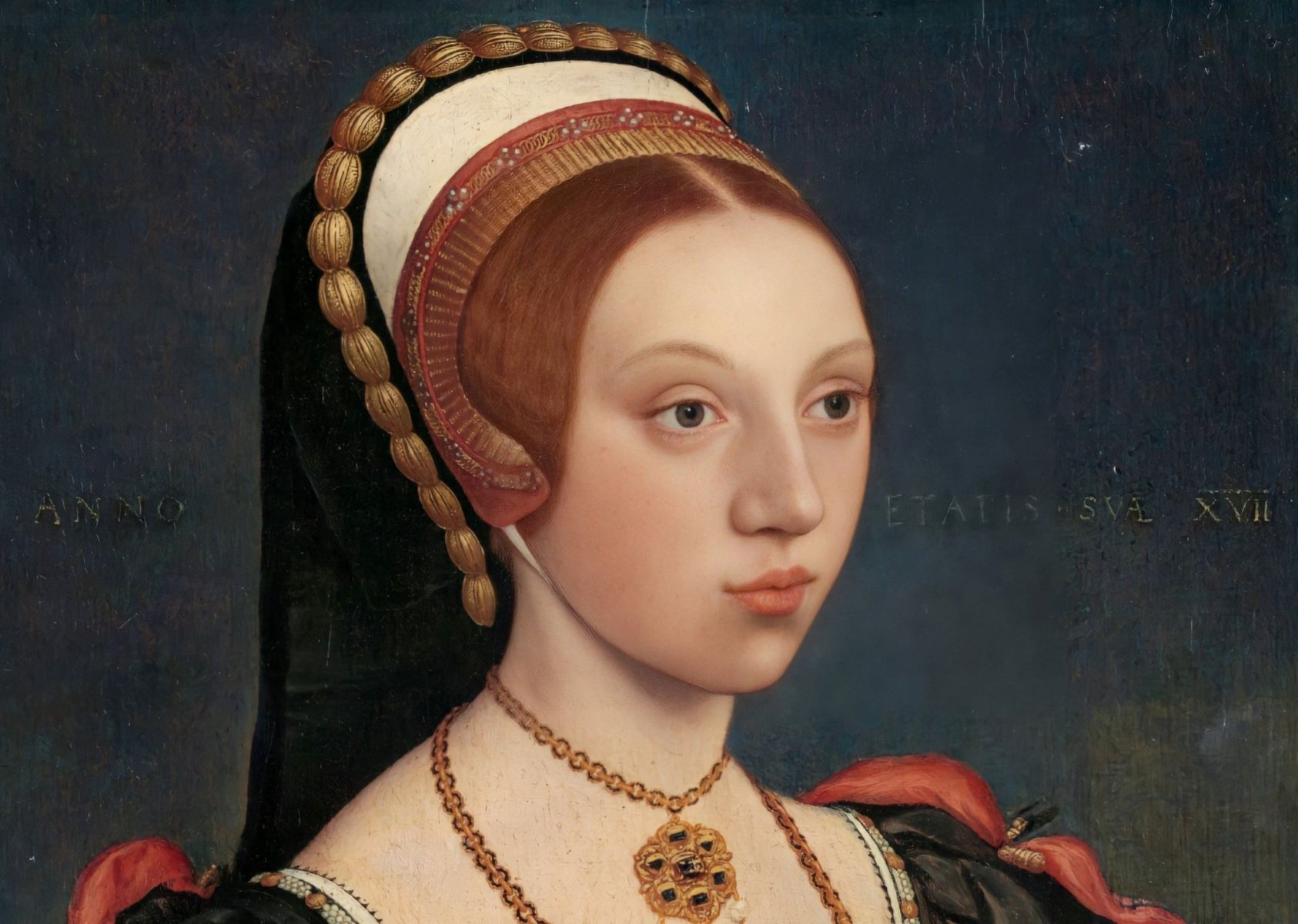
Ever wondered what makes the queen bumble bee so special? These fascinating insects are the heart of their colonies, playing a crucial role in the survival and success of their hive. Unlike worker bees, the queen bumble bee is larger, lives longer, and has the unique ability to lay eggs. She starts her life as a regular egg but soon outgrows her siblings due to a special diet. Once mature, she leaves the nest to mate and hibernate through winter. Come spring, she emerges to start a new colony. Understanding the queen bumble bee helps us appreciate the intricate world of these buzzing marvels. Ready to dive into 35 amazing facts about the queen bumble bee? Let’s get buzzing!
Key Takeaways:
- The queen bumble bee is the largest and most important bee in her colony, responsible for laying thousands of eggs and leading the entire bee community with her unique traits and behaviors.
- Queen bumble bees play a crucial role in pollination, helping plants reproduce and supporting the food chain, but they face threats from habitat loss, pesticides, climate change, disease, and competition.
The Queen Bumble Bee: A Fascinating Insect
The queen bumble bee is a remarkable creature. She plays a crucial role in the survival and success of her colony. Let's dive into some fascinating facts about this incredible insect.
-
The queen bumble bee is the largest bee in her colony. Her size helps her dominate and lead effectively.
-
She is the only fertile female in the colony. This means she is responsible for laying all the eggs.
-
A queen bumble bee can lay up to 2,000 eggs in her lifetime. That's a lot of future bees!
-
She hibernates during winter. This helps her survive the cold months when food is scarce.
-
The queen emerges from hibernation in early spring. She is one of the first bees to appear when the weather warms up.
The Life Cycle of a Queen Bumble Bee
Understanding the life cycle of a queen bumble bee gives insight into her essential role in the colony.
-
After emerging from hibernation, the queen searches for a suitable nesting site. This is where she will start her new colony.
-
She begins by laying a few eggs. These will hatch into worker bees that will help her build the colony.
-
The queen feeds the larvae until they pupate. Once they become adults, they take over the foraging and care of new larvae.
-
As the colony grows, the queen continues to lay eggs. This ensures a steady supply of workers.
-
Towards the end of summer, the queen lays eggs that will become new queens and males. These bees will mate and start the cycle anew.
The Role of the Queen in the Colony
The queen bumble bee's role extends beyond just laying eggs. She is the heart of the colony.
-
The queen produces pheromones that regulate the behavior of the worker bees. These chemicals help maintain order and productivity.
-
She decides when to lay eggs that will become new queens. This timing is crucial for the survival of the species.
-
The queen can control the sex of her offspring. She does this by choosing whether to fertilize an egg or not.
-
Her presence in the colony suppresses the reproductive abilities of worker bees. This ensures she remains the sole egg-layer.
-
If the queen dies, the colony will eventually collapse. Worker bees may lay eggs, but they can only produce males.
The Queen's Unique Characteristics
The queen bumble bee has several unique traits that set her apart from other bees.
-
She has a longer lifespan than worker bees. While workers live for a few weeks, the queen can live up to a year.
-
The queen has a special gland that produces royal jelly. This substance is fed to larvae destined to become new queens.
-
Her body is more robust and better equipped for hibernation. This helps her survive the long winter months.
-
The queen's wings are stronger. This allows her to fly longer distances in search of a nesting site.
-
She has a more developed reproductive system. This enables her to lay a large number of eggs.
The Queen's Interaction with Other Bees
The queen bumble bee's interactions with other bees are vital for the colony's success.
-
She communicates with worker bees through pheromones. These chemical signals help coordinate the colony's activities.
-
The queen is often groomed and fed by worker bees. This ensures she remains healthy and focused on laying eggs.
-
She may engage in aggressive behavior to establish dominance. This is especially common when multiple queens are present.
-
The queen's presence influences the behavior of worker bees. They work harder and more efficiently when she is around.
-
If a new queen emerges, the old queen may leave the colony. She will then start a new colony elsewhere.
The Queen's Role in Pollination
The queen bumble bee also plays a part in pollination, which is crucial for the environment.
-
When searching for a nesting site, the queen pollinates flowers. This helps plants reproduce and thrive.
-
She visits a variety of flowers, contributing to biodiversity. This ensures a wide range of plants are pollinated.
-
The queen's foraging behavior helps spread pollen over large areas. This increases the chances of successful plant reproduction.
-
Her role in pollination supports the food chain. Many animals rely on plants that are pollinated by bees.
-
The queen's pollination efforts benefit agriculture. Crops like tomatoes, peppers, and berries depend on bees for pollination.
The Threats to Queen Bumble Bees
Despite their importance, queen bumble bees face several threats.
-
Habitat loss is a significant threat. Urbanization and agriculture reduce the availability of nesting sites.
-
Pesticides can harm queen bumble bees. These chemicals can kill bees or disrupt their reproductive systems.
-
Climate change affects the queen's hibernation and foraging patterns. This can lead to a decline in bee populations.
-
Disease and parasites pose a risk to queen bumble bees. These can weaken or kill the queen, leading to colony collapse.
-
Competition from other bees and insects can impact the queen's success. This includes competition for food and nesting sites.
The Final Buzz
Queen bumble bees are truly fascinating creatures. From their unique role in the hive to their impressive abilities, they play a crucial part in maintaining the balance of nature. These queens are responsible for starting new colonies, laying eggs, and ensuring the survival of their species. Their life cycle is a testament to nature's complexity and beauty.
Understanding these facts about queen bumble bees not only deepens our appreciation for them but also highlights the importance of conservation efforts. Protecting their habitats and ensuring they have the resources they need is vital for their survival.
Next time you see a bumble bee buzzing around, remember the incredible journey of the queen bee and the essential role she plays. Let's continue to support and protect these amazing insects for future generations.
Frequently Asked Questions
Was this page helpful?
Our commitment to delivering trustworthy and engaging content is at the heart of what we do. Each fact on our site is contributed by real users like you, bringing a wealth of diverse insights and information. To ensure the highest standards of accuracy and reliability, our dedicated editors meticulously review each submission. This process guarantees that the facts we share are not only fascinating but also credible. Trust in our commitment to quality and authenticity as you explore and learn with us.


